Descriptions
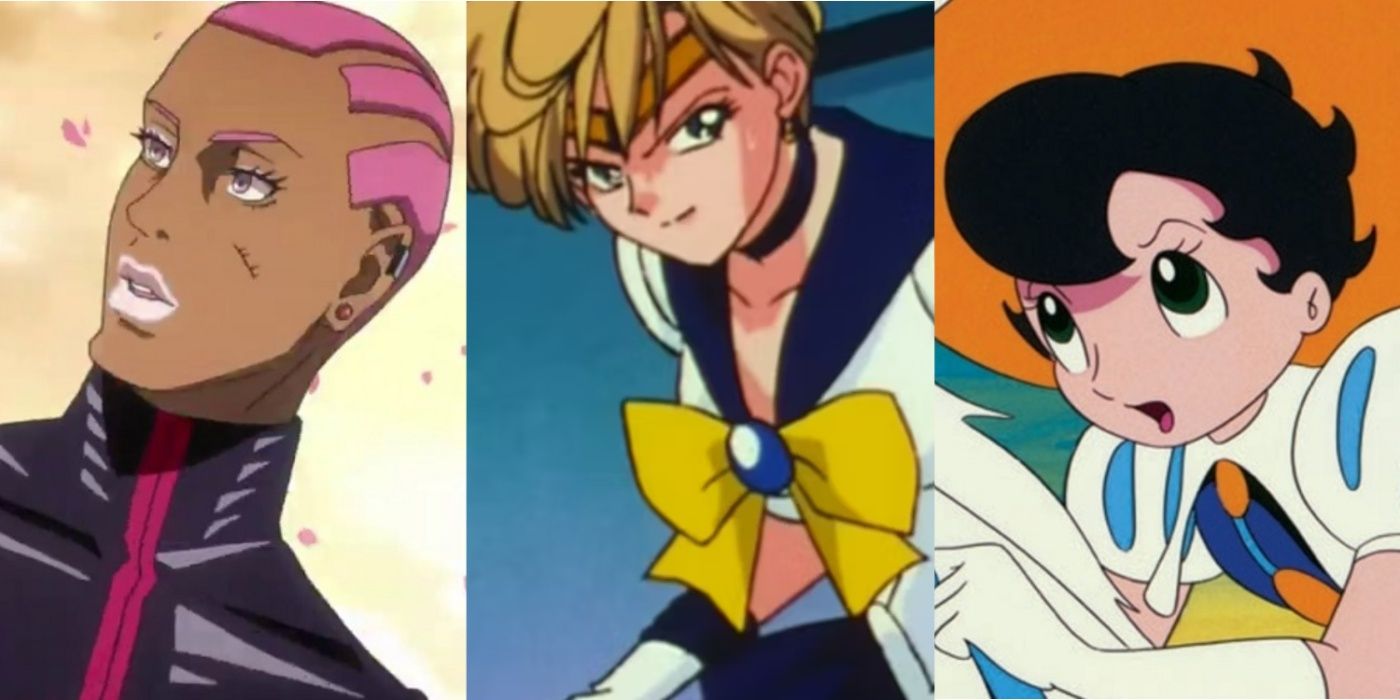
Anime characters come in all different shapes, sizes, colors, and even genders. In these fabricated worlds, artists and writers take the chance to explore identities outside the gender binary in a multitude of ways. While some titles breach the topic in more respectful ways than others, it's hard to deny that nonbinary characters have always existed in the medium.
RELATED:10 Anime Characters You Didn't Know Were LGBTQ+
When looking at genderqueer and LGBTQ+ representation in anime, the selection is vast. Nonbinary simply denotes any gender identity expressed outside of male and female, which means that nonbinary encompasses identities such as agender, genderfluid, transgender, third gender, or androgynous, to name a few. Sometimes, a character's gender identity is core to their story arc, while for others, it's simply another detail.
10 Najimi Osana (Komi Can't Communicate)
.jpg)
Najimi Osana is a nonbinary character from Komi Can't Communicate. Their gender identity is ambiguous, according to official sources, and they are comfortable with both masculine and feminine self-expression. Najimi wears a mix of stereotypically masculine and feminine outfits, such as a female school uniform paired with a male tie.
Najimi Osana accepts all pronouns and has around five million friends due to their outgoing and sociable nature. Najimi's gender identity is not the most important aspect of their character. What sets them apart is their incredible social skills and their ability to befriend almost everybody with little effort.
9 Kino (Kino's Journey)

Kino, the titular character of Kino's Journey, is assigned female at birth, but their gender identity is not defined in the narrative. Kino sometimes self-identifies with "boku," a pronoun that is associated with boys and tomboys, but rejects terms from others that loosely translate to "little boy" or "missy." Kino is usually referred to as "tabibito-san," a gender-neutral phrase for a traveler.
RELATED:10 Best Anime That Break Gender Norms
Kino's non-binary gender identification is accepted as a fact and not portrayed in an overt manner, making Kino what some call one of the first non-binary anime characters to be represented in such a way. Kino's gender ambiguity is not the focus of the show; rather, it's about their travels and exploration.
8 Nathan Seymour (Tiger & Bunny)
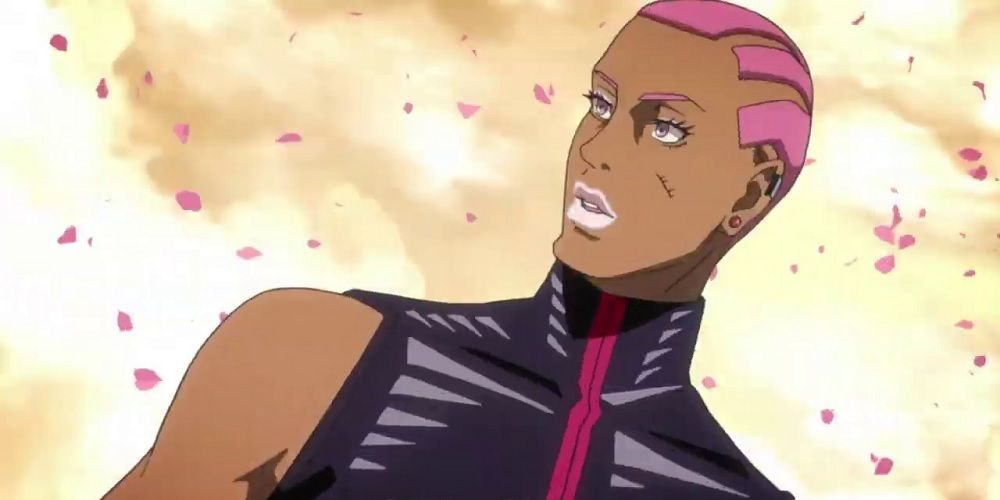
The character Nathan Seymour, also known as Fire Emblem in Tiger & Bunny, has been confirmed by the creators to be "gender-free." Nathan was assigned male at birth but prefers to present themselves as feminine in public and identifies as both a man and a woman now as an adult.
Nathan sometimes prefers to be identified as a woman or a homosexual man, spending more time with female heroes and flirting with male heroes. They serve as a hero who possesses flame abilities and are highly dextrous with their race car, all while representing their own sponsor company, Helios Energy, in their professional superhero costume.
7 Zoë Hange (Attack On Titan)
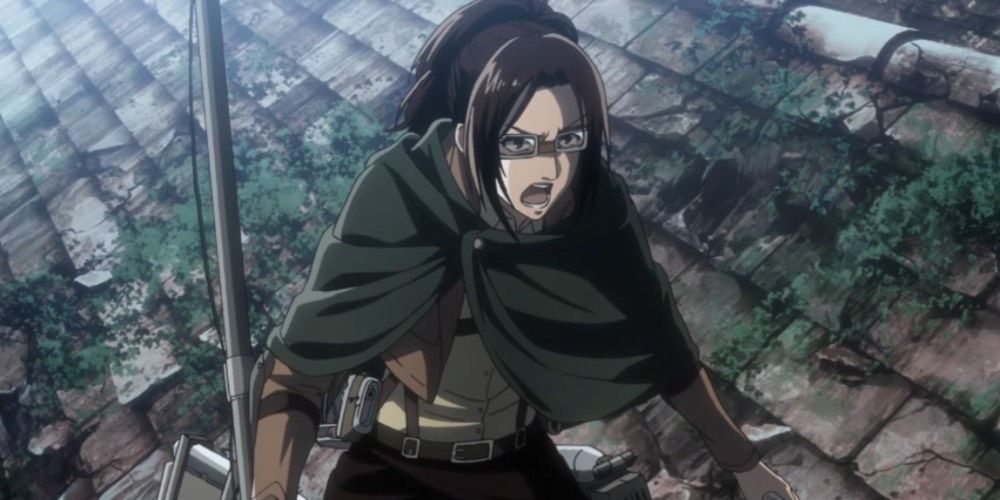
Zoë Hange is a character from Attack on Titan whose gender identity is left open to interpretation by creator Hajime Isayama. Isayama instructed publishers to avoid using gendered pronouns when referring to the character. In the anime, Hange is often referred to as female and is voiced by female voice actresses, but in the manga, Hange's gender is left entirely ambiguous.
Zoë Hange started as a Squad Leader in the Survey Corps, then later became Commander. Hange is deeply interested in the biology of Titans and is less afraid of them than others. The character has become a fan favorite, and Isayama has said that Hange's gender is not important to the story.
6 Crona (Soul Eater)
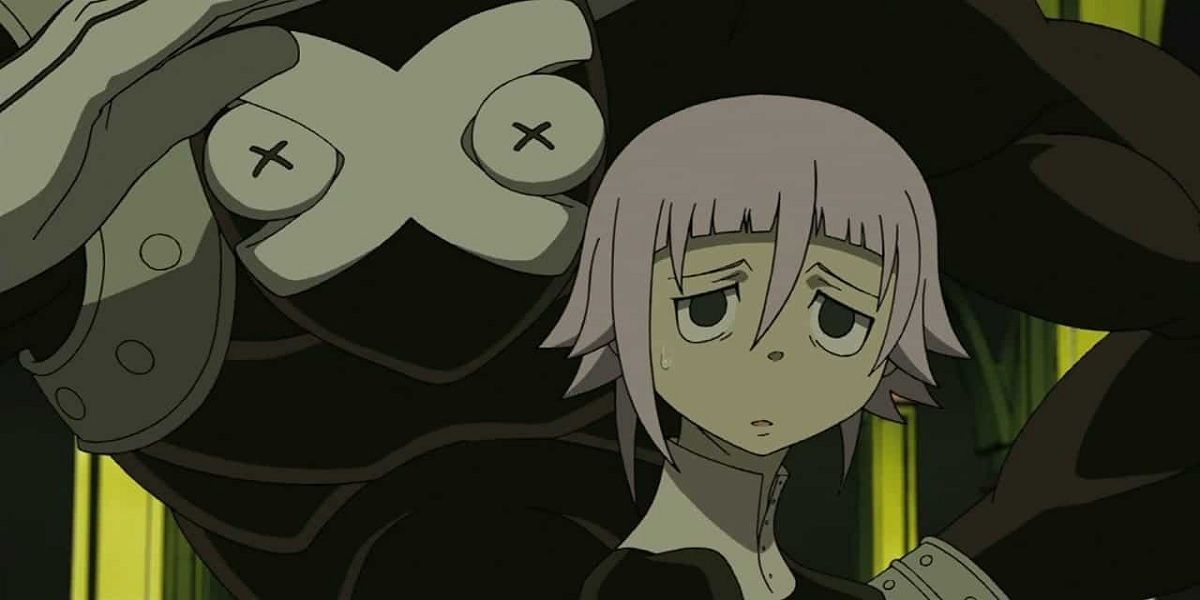
Crona, a character in Soul Eater, is subjected to a difficult life, including having their blood replaced with Black Blood in an attempt to turn them into a Kishin. Crona starts as an antagonist but eventually becomes a powerful and important ally. While some fans believe that Crona is male in the anime and female in the manga, this is not the case, and Crona is officially considered to have an unknown gender.
While the Yen Press translation of the manga refers to Crona as male, creator Atsushi Okubo clarified on Twitter that Crona's gender is "unknown" and that the original Japanese manga uses gender-neutral terms that don't exist in English. Okubo doesn't seem to care about Crona's gender, and many fans consider the character to be forever genderless.
5 Haruhi Fujioka (Ouran High School Host Club)
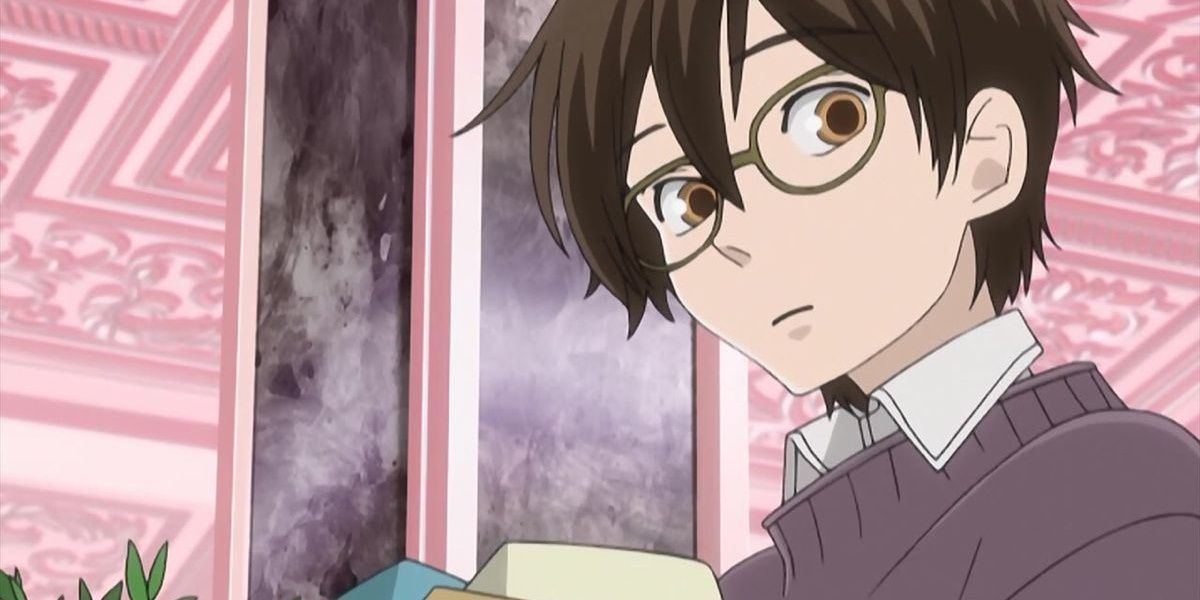
Haruhi Fujioka, the protagonist of Ouran High School Host Club, identifies as a biological female, but she does not view gender as an important aspect of her identity. To repay a debt, she agrees to portray herself as a boy and join the school's host club. Despite being recognized as female by the viewers, her male-presenting appearance leads the privileged members of the host club to assume that she is a boy.
RELATED:10 Anime Characters Who Defy Gender Norms
The show never makes Haruhi's gender a critical plot point, even though much of the humor is driven by it. Her father, Ranka, a popular drag queen, further emphasizes that personality and being true to one's self matters more than clear-cut gender expression. Unlike other shojo heroines, Haruhi is an independent, hard-working, and down-to-earth character. While gender is a spectrum and not a category system, Haruhi has been described as gender-ambivalent, bigender, or genderfluid by fans.
4 Leeron Littner (Gurren Lagann)
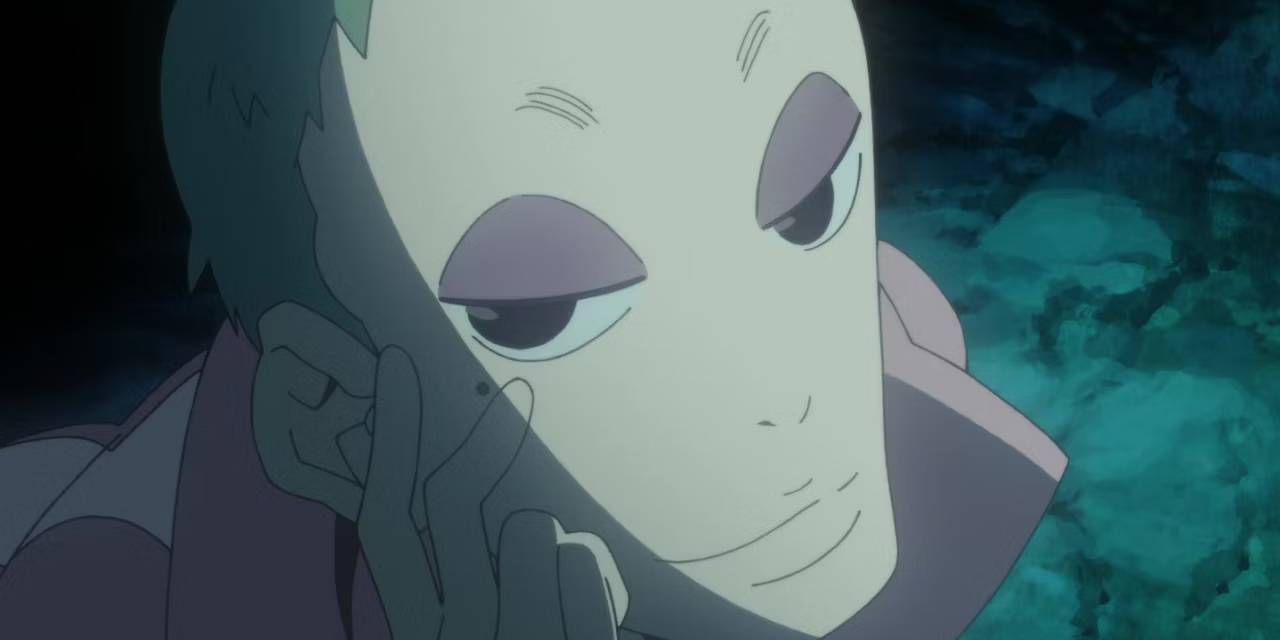
Leeron Littner is a highly intelligent character from Gurren Lagann. They are described as "neither a man nor a woman," and their flamboyant and campy demeanor often provides comic relief throughout the series. While the English dub portrays them as a gay man, the original Japanese script does not align with this depiction.
Despite not being physically involved in battle, Leeron plays a crucial role in providing tactical information necessary to accomplish tasks. While his identity and sexuality are unfortunately played for laughs, Leeron is one of the most loyal and brilliant members of Team Dai-Gurren. By the series' end, the ambiguity of Leeron's gender is no longer the focal point of the character.
3 Princess Sapphire (Princess Knight)
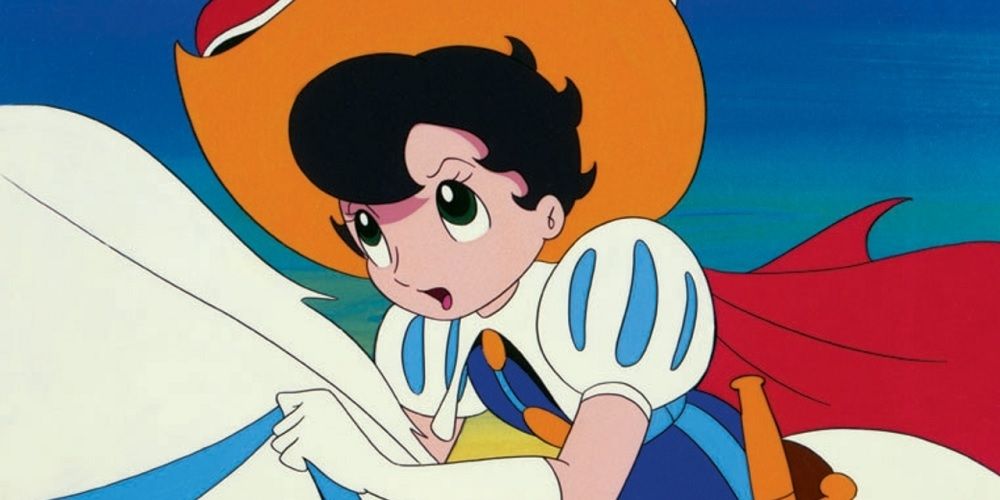
Princess Sapphire is a character from the classic Princess Knight, created by "the God of Manga" Osamu Tezuka. She is a girl who was born with both "blue boy" and "pink girl" hearts, but her father raises her as a boy since women cannot inherit the throne. Sapphire takes on the identity of a male prince and fights to prevent the evil Duke Duralumin from taking over the kingdom.
Princess Knight is known for its portrayal of gender roles and has been interpreted by critics as having both feminist and misogynist ideals. While the ambiguity of Sapphire's gender can be seen as progressive for the time, other characterizations, such as her fighting ability being directly linked to her boy heart, can be indicative of an old way of thinking. Nonetheless, Princess Sapphire paved the way for the topic of gender to be explored in other groundbreaking series such as The Rose of Versailles, Revolutionary Girl Utena, and Sailor Moon.
2 Sailor Uranus (Sailor Moon)
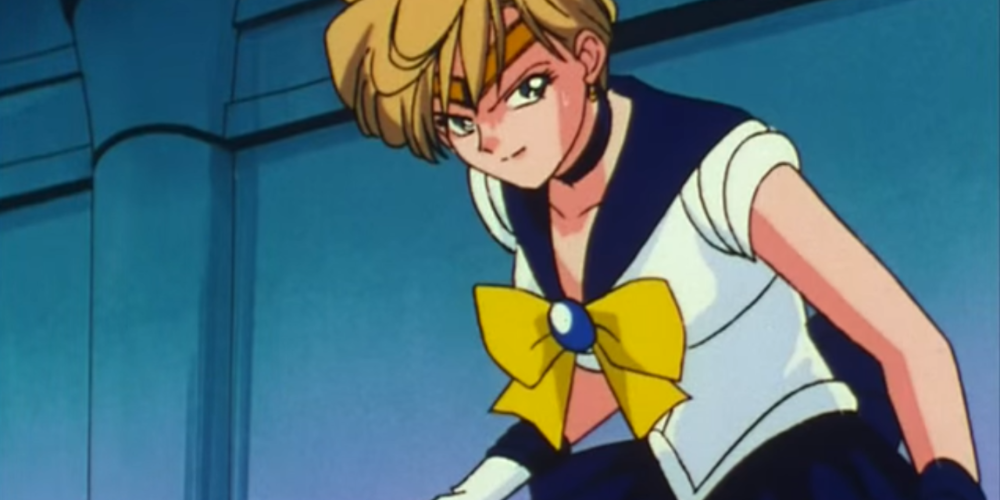
Haruka Tenoh, the civilian name for Sailor Uranus, is a character from the Sailor Moon franchise who is often mistaken for a man. While Haruka is not a man, she does not identify as a traditional woman, either. Haruka is described as having both male and female characteristics and is often happy to be referred to as either masculine or feminine.
RELATED:6 Manga and Light Novels With Queer Women, Trans and Non-Binary Leads
Whether Haruka identifies as non-binary, genderfluid, or bi-gender is unclear, but what is clear is that she does not fit into the gender binary. In the franchise, Haruka is referred to as "both male and female, but also neither" by her partner, Sailor Neptune. Regardless of gender, Haruka is characterized as having an independent personality and a lack of interest in teamwork but is a powerhouse against fighting the evil forces of the universe.
1 Yamato (One Piece)

Yamato, the newest fan-favorite of One Piece, has sparked much debate about their gender identity. Yamato is the only child of Kaido, a powerful Yonko, and grew up emulating the legendary samurai Kazuki Oden. Yamato's identity is shaped around Oden, including their gender identity. Yamato refers to themselves as Kaido's son, they identify as male, and are consistently referred to using male pronouns in the English translation of the manga.
However, an information card released for Yamato listed their gender as female, complicating matters. The debate may be settled by a scene in Chapter 1,052, where Yamato declines to join the girls in a hot bath and is welcomed by the male crew mates. The topic of gender is frequently explored in One Piece, so Yamato having a nonbinary gender wouldn't be out of place.
Add a review